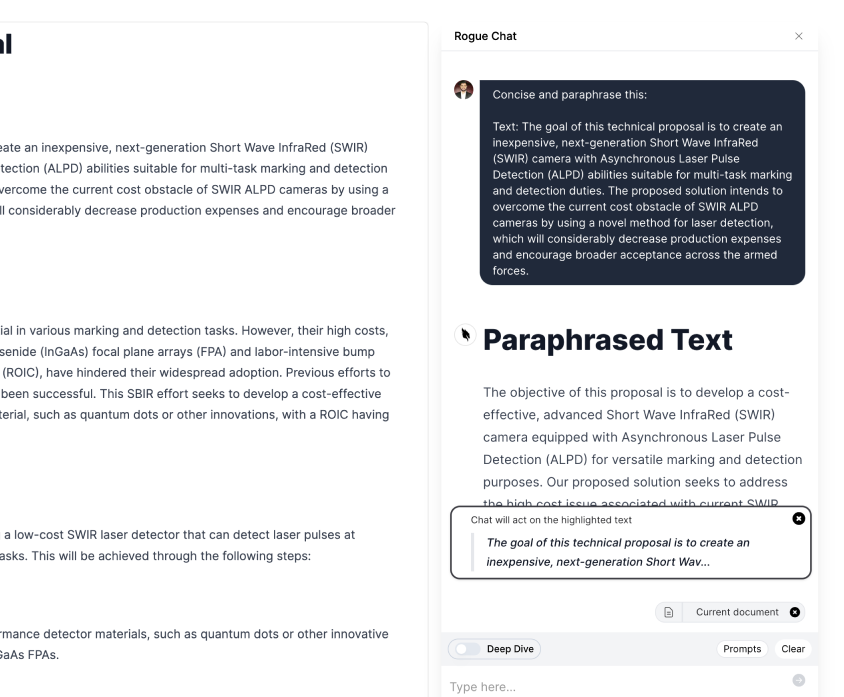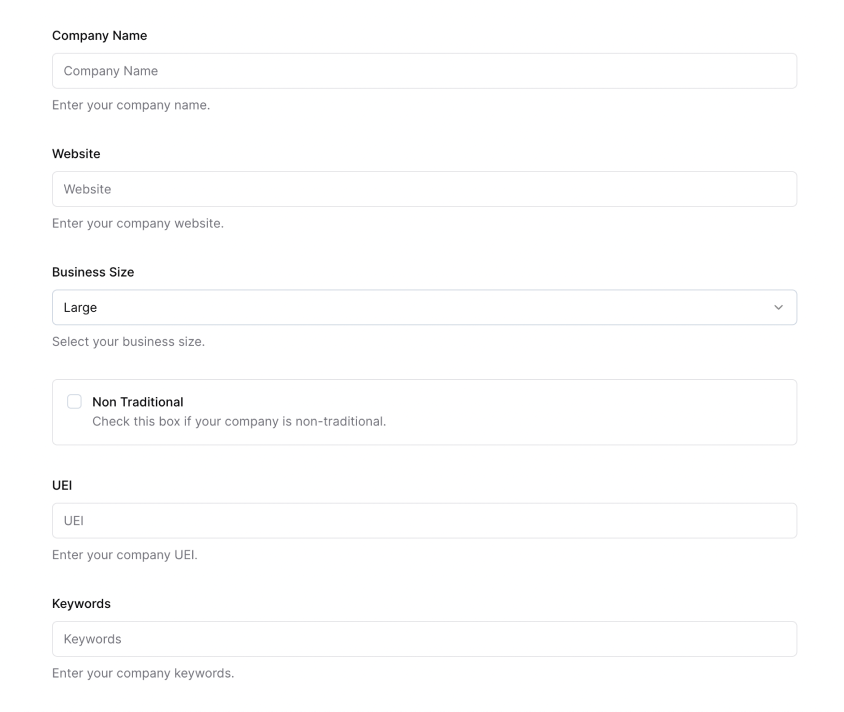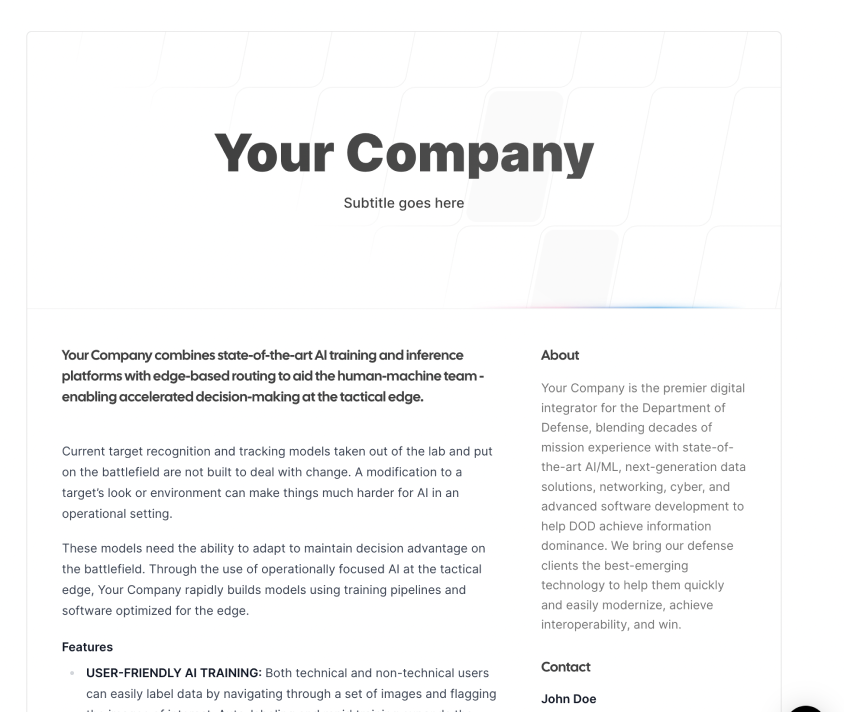
I Want to Use AI, But I Don't Know How
AI is not as complicated as the wizards make it sound, our simple guide will get your started on your path to implementing AI in your organization.
Table of contents
As a government leader or worker, you understand the power of technology and how it can significantly improve your organization's operations. The advent of artificial intelligence (AI) has created a whole new set of possibilities for government efficiency and effectiveness. AI can help you make better decisions, increase efficiency, and perform tasks that would otherwise take hours or even days of manual labor. But how do you get started? It can be overwhelming to dive into the world of AI when you don't know where to start.
In this blog post, we will explore AI and how it can benefit government leaders and employees. We will also discuss the different types of AI and how they can be implemented successfully.
What is Artificial Intelligence?
AI is a form of technology that enables machines to simulate human intelligence and behavior. It is powered by algorithms that enable machines to make decisions, solve problems, and understand language. AI can be used for a variety of tasks, including data analysis, image recognition, natural language processing (NLP), robotics, and more.
However, AI is often confused with other buzzwords such as machine learning (ML), robotic process automation (RPA), and big data. Machine learning is a subset of AI that enables machines to learn from data. RPA is another subset of AI that automates processes that are typically done manually. Big data is a term used to refer to large amounts of data that can be used for analytics and decision-making.
Here are some forms of AI and Automation in layman's terms:
- Robotic Process Automation - Simply automates tasks, think "if this, then that" it takes manual tasks and automates the workflow
- Natural Language Processing - it reads what you write and enables computers to understand it
- Machine Vision - Understands pictures and video and can tell a computer what a camera sees
- Generative AI (aka Large Language Models) - Writes what you tell it to write
- Generative AI (aka Generative Adversarial Networks) - Creates pictures that you tell it to make
- Data Embeddings - takes a lot of text, turns it into a point in a 3D graph, and enables a computer to find a lot more data than an old style database
- Bid Data - is just a large amount of data, usually it is created in a lot of different places and organizations want to get it all in one place so they can use it
What AI Can Do For Government
AI can provide a number of benefits for government. First and foremost, it can help you automate processes that are currently done manually. Think about all the things you do on a daily basis that could be done more quickly and efficiently with the help of AI. For example, you are a financial analyst and a good portion of your job is spent taking reports from a financial database, putting them in a spreadsheet, and developing a report on commitments, obligations, and expenditures. Using AI, automation, and big data, a system could pull that data automatically on a daily basis (RPA) and put it into an unstructured database (data embedding) then allow you to ask plain language questions like "what programs are behind the 50% obligation benchmark for the fiscal year" (NLP). The system would then give you a list of all the programs that met the criteria (generative AI). The net result is taking a task that required hours of manual extraction and manipulation, and replaced it with a single, plain language question. Now think about all the tasks in your job that are similar to this, chances are pretty good that AI can drastically enhance your job too.
Implementing AI
When looking to implement AI, a great starting point is to identify and tackle a chronic challenge, like the financial example, that effects many people across your organization. This could be something seemingly small in the grand scheme of your business goals, but ideally something that is consistently tedious, annoying, or frustrating. Once you have identified this challenge, a good company can help design a system to automate it, and enhance it with AI. starting with smaller, high-impact challenges then serve as a foundation for further development and growth in other areas - allowing you to gradually build on what has already been achieved. Starting small and building up can be an effective approach when it comes to utilizing AI successfully.
Another thing you can do is look at what other organizations have done with their AI implementations and think about how you could apply the same things to your work. It is also important to get stakeholders involved early on in the process, including users, IT administrators, and leadership. This will ensure that everyone is on the same page and that any potential issues are addressed before full deployment. Finally, it is essential to test and validate AI systems prior to deployment in order to ensure accuracy and reliability.
Conclusion
AI can provide a lot of benefits to military leaders but it is important to understand the different types of AI and how they can be used in order to ensure a successful implementation. With the right strategy and resources, AI can be successfully implemented in order to make better decisions, increase efficiency, and automate tedious tasks. So if you're wondering how you can use AI in your organization, start small and build gradually - the rewards will be well worth it.
Sign up for Rogue today!
Get started with Rogue and experience the best proposal writing tool in the industry.



